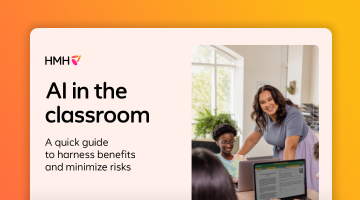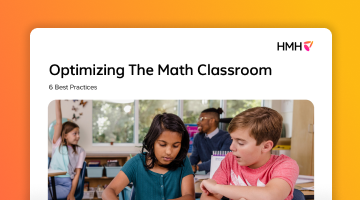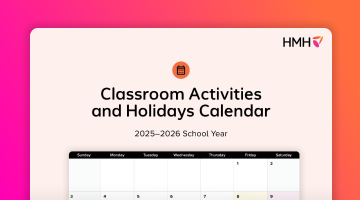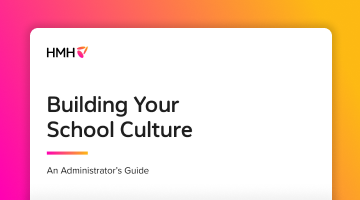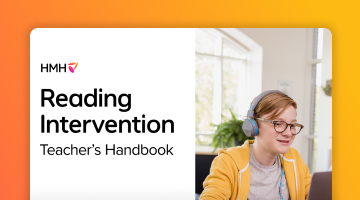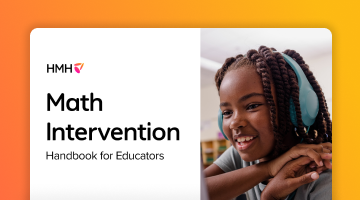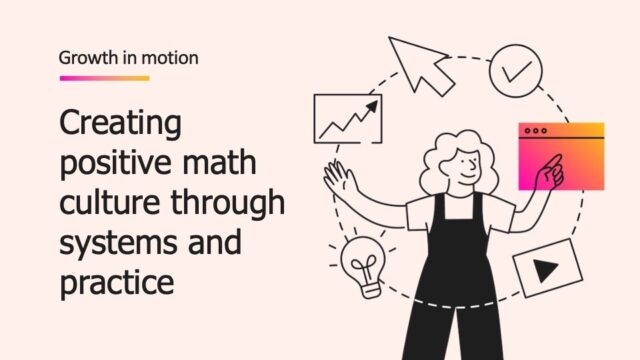
“F9. Action.”
That was Mason’s response to the prompt “What’s your favorite movie? Why is it your favorite?” It was part of a Getting to Know You assignment at the start of sixth grade. I had to look up "F9." Turns out it is the abbreviation for Fast and Furious 9, the ninth movie in the long-running saga. This brought up three questions:
- There have been nine Fast and Furious movies?
- Should a sixth grader be watching Fast and Furious movies?
- How can I get Mason to write more?
I’ll just talk about the last question here. Every teacher has reluctant writers. In Mason’s case, he is two or three grade levels below his peers in writing. He knows he is not good at writing. Years of extra support and encouragement haven’t changed his opinion of writing or markedly improved his writing ability. I think I know why.
In school, we tend to focus on deficits. If a child is behind others, we try to address the deficit. Difficulty reading? We’ll give you more reading to bring you up to speed. Difficulty with math? We’ll give you more math. In my school, we took students out of electives to give them extra classes in their problem areas. Mason couldn’t take Media Production because he needed the remedial writing class. (Yes, we changed the name of the class and didn’t use the word “remedial.”) To Mason, this was double punishment. Not only was he unable to take a fun class, but he was forced to do more of what he hated.
English and language arts teachers talk about reading and writing almost exclusively and rarely mention speaking. Why?
But here’s the thing about Mason: he is an amazing storyteller. Ask him about "F9" and he would light up. Describing the cars, the chases, the actors in an engaging, animated way? Absolutely. Wonderful gestures, facial expressions, and speed variations as he spoke? Definitely. Mason was one of the best student speakers I have ever heard. Unfortunately, in seven years of schooling, no one noticed. Everyone focused on what was wrong with Mason. Everyone focused on his reading and writing.
Teachers seriously shortchange oral communication. English and language arts teachers talk about reading and writing almost exclusively and rarely mention speaking. Why? In part because speaking is not on the Big State Test. Mostly, though, we have misconceptions about speaking. Many teachers think speaking is scary, so we shouldn’t make students do it. Many teachers think speaking skills can’t be taught and students are born with speaking ability or not. Many teachers don’t see how speaking is the key to reading and writing. From Mason’s point of view, though, writing is scary. He noticed that some kids were good at writing from the start and seemed to be born with more ability. And Mason couldn’t write until he was allowed to speak first.
Here’s what that means. Before making students like Mason write, let them talk. Record audio or video of them as they respond to a prompt. Consider letting them turn in the recordings instead of making them write. Because that can’t be allowed all the time, use the recordings to guide the writing.
Teacher: Mason, you have done a great job describing "F9." I can really see why you love that movie. Let’s listen to your storytelling and use what you said as a guide for your writing. I’ll play the first minute of your talk and pause the recording so you can write down some of what you said.
The result? Mason’s writing: F9 is for fast & furius 9. Its the nine fast & furius movie. I saw all movies but F9 has the best cars. Theres a Dodge Charger that cost a million dollars to make and this Ford Mustang chase by hellicopters. Jhon cena is driving that one Hes really cool. [sic]
A bit better than “F9. Action” isn’t it? Now we have something to work with.
How can we support Mason in the classroom?
- If you have Google Docs open on a Chrome browser, let a student use Voice Typing, one of the tools available. As students are writing in class, allow Mason to go into the hall and speak his rough draft into the computer. Windows OS also has speech recognition.
- Do you use peer editing? Some students will be looking at each other’s writing. Mason and his partner could be listening to recordings and helping each other transcribe.
- If Mason has access to a phone, have him call your Google Voice number and leave his rough draft. Google Voice will transcribe it. You can show the text to Mason so he can use it to write his final draft. Older students will easily find apps that transcribe.
- Consider letting Mason complete a spoken assignment instead of a writing assignment. Listen to the response to your prompt, instead of reading the response.
For an example of a writing assignment where a student spoke instead of wrote, I’ll share Ryan’s video. My civics students were asked to write about what democracy means to them, but Ryan hated writing. He asked if he could submit a video. Watch the video below. If I had forced him to write, I might have gotten two boring paragraphs.
All of us spoke before we learned to read or write. For many students, speaking first is still the best idea. Don’t just focus on reading and writing. Look at speaking with new eyes and let the many students whose strength is speaking use their talents as a bridge to reading and writing.
The views expressed in this article are those of the author and do not necessarily represent those of HMH.
***
Blog contributor Erik Palmer is an author on HMH's K-12 Into Reading and Into Literature programs.

